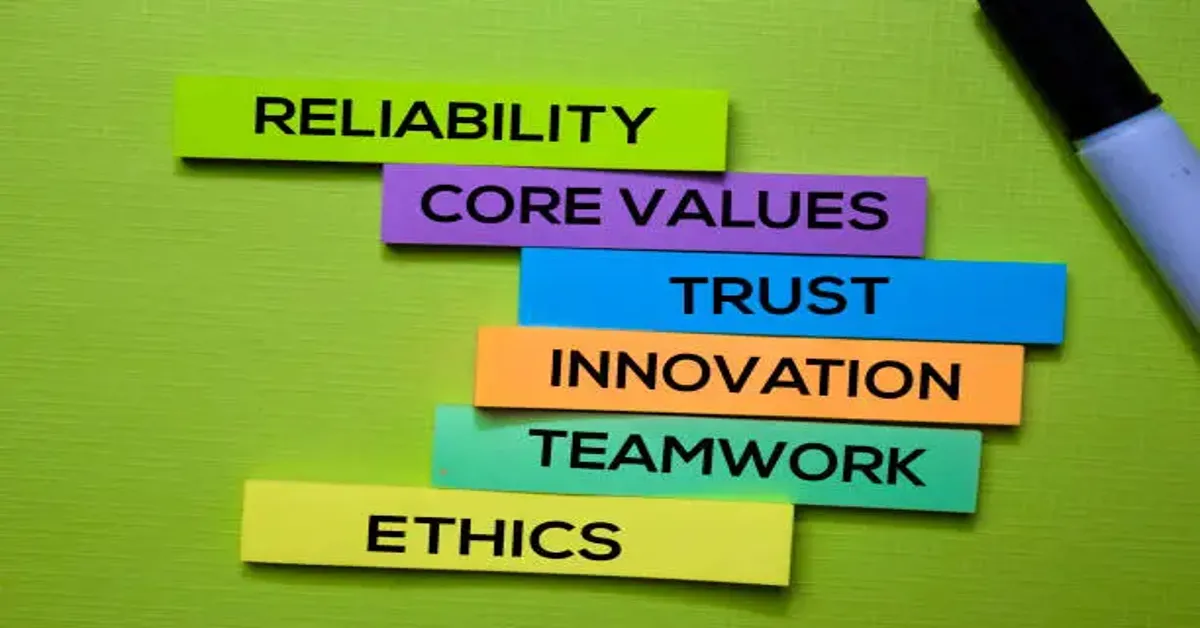If you’ve stumbled upon the term Dihward, you’re not alone. This unique concept is making waves across discussions in culture, technology, and social behavior, yet few sources provide a clear explanation. In its essence, Dihward represents a framework of endurance, adaptability, and ethical resilience in evolving environments. Whether it applies to personal development, community governance, or technological ethics, Dih-ward is not just a word—it’s a mindset and methodology. This article unpacks everything about Dih-ward: its origin, interpretation, application across sectors, and why it matters more today than ever before.
What is Dihward?
Dih-ward is best described as a principle-based approach to sustainable adaptability. It advocates maintaining core values while embracing dynamic change. Unlike rigid traditionalism or reckless modernism, Dih-ward emphasizes structured flexibility—a concept increasingly necessary in a world of technological disruption, socio-political polarization, and environmental uncertainty.
Think of it as a philosophy that combines ethics, endurance, and evolution. At its core, Dih-ward suggests:
- Stability is necessary but not static.
- Adaptation without ethics leads to chaos.
- Endurance must align with purpose.
Origins and Evolution of the Term
The word “Dih-ward” has intriguing etymological layers. Linguists suggest that it may derive from a composite of two conceptual roots:
- “Dih”: symbolizing the core, or center, a place of grounded stability.
- “Ward”: connoting protection or guardianship, but also direction.
Historically, similar constructs appeared in philosophical texts emphasizing resilience without rigidity. In its modern usage, Dih-ward emerged as a term in behavioral design and adaptive governance theories around the early 2020s, representing a counterweight to volatility and moral ambiguity in decision-making.
Why Dihward Matters in Today’s World
Why has Dih-ward become a buzzword now? Three forces explain its rise:
- Technological Acceleration: AI, automation, and digital governance require principles that prevent ethical erosion.
- Climate and Resource Challenges: Societies need adaptability without exploitation.
- Cultural Fragmentation: In polarized ecosystems, Dih-ward fosters value-based negotiation rather than ideological warfare.
Key Insight: In the age of hyper-change, endurance and adaptability cannot exist without an ethical spine. That spine is Dih-ward.
Core Principles of Dihward
Dihward is not abstract—it is actionable. Below are its six guiding principles:
| Principle | Description |
|---|---|
| Value Anchoring | Rooting decisions in non-negotiable ethical foundations. |
| Structured Flexibility | Adapting frameworks without abandoning core integrity. |
| Proactive Foresight | Anticipating shifts before crises erupt. |
| Ethical Accountability | Aligning adaptation with moral responsibility. |
| Resource Prudence | Managing resources for longevity, not short-term gains. |
| Collective Synergy | Building networks that thrive on cooperation rather than competition. |
These principles apply to governments, organizations, and individuals alike, making Dih-ward a universal tool for resilience.
Applications Across Key Domains
5.1 Governance and Public Policy
Governments increasingly adopt Dihward-driven models to manage crises without sacrificing civil liberties. Example: Pandemic responses balancing public health with economic survival.
5.2 Business and Economics
Companies that embody Dih-ward pivot gracefully during disruptions. This involves agile strategy, but with commitment to worker welfare and sustainability.
5.3 Technology and AI
AI ethics aligns naturally with Dih-ward. As algorithms make decisions, embedding structured flexibility and moral anchoring becomes critical.
5.4 Personal Development
On an individual level, Dihward means mental resilience, the ability to adapt without losing identity or purpose.
Cultural and Ethical Dimensions
Culture thrives on continuity, but modernity demands change. Dih-ward offers a middle path, allowing societies to preserve identity while embracing innovation. It rejects extremities: neither blind nostalgia nor uncritical futurism.
Common Misconceptions about Dihward
- “It means being resistant to change.”
Wrong. Dih-ward encourages change—with principles intact. - “It’s purely philosophical.”
Incorrect. It is actionable, influencing policies, design, and personal choices. - “It’s anti-technology.”
False. Dih-ward thrives in tech spaces by adding moral algorithms to innovation.
Dihward in the Digital Age
Social media algorithms reward extremes. Dih-ward counters this by promoting balanced, evidence-driven narratives. In corporate digital transformation, Dih-ward ensures adoption without ethical compromise—a necessity in AI-dominated workflows.
Building a Dihward-Oriented Mindset
How do you integrate Dihward into your life or organization?
- Audit your values: Define non-negotiables.
- Plan for disruption: Simulate scenarios for ethical stress tests.
- Embed checks and balances: Systems that self-correct when ethics slip.
Future of Dihward
Dihward is poised to become a cornerstone in governance, education, and AI ethics. Expect:
- Curriculums embedding Dihward in leadership training.
- Corporate ESG frameworks referencing Dih-ward metrics.
- AI compliance models with Dihward as a guiding heuristic.
The future belongs to systems that can evolve without eroding trust—Dih-ward ensures that future.
Closing Thoughts
In an era dominated by unpredictability, Dih-ward offers clarity and balance. It’s a compass for societies, businesses, and individuals navigating turbulent seas without losing sight of their ethical shorelines. Its influence will only grow as we grapple with AI governance, climate imperatives, and cultural fragmentation.
Dihward is not just a word—it’s a survival strategy for the 21st century.
FAQs
1. What does Dihward actually mean?
Dihward refers to a framework of ethical adaptability and structured resilience, emphasizing stability while embracing necessary change.
2. Is Dihward a new concept?
Yes. While its roots connect to age-old principles of resilience and ethics, its modern form emerged in the early 2020s as a response to rapid technological, cultural, and environmental changes.
3. How is Dihward different from resilience or flexibility?
Resilience focuses on recovering after disruption, while flexibility often implies quick adjustment without strong anchoring. Dihward combines proactive adaptation with ethical grounding, making it a more sustainable model.
4. Where can Dihward be applied?
Dihward has applications across governance, business strategy, technology ethics, education, and personal development, ensuring adaptable systems without moral compromise.
5. Why is Dihward important in the digital age?
In a time of AI-driven decision-making, rapid cultural shifts, and social fragmentation, Dihward ensures progress without losing integrity, making it crucial for sustainable innovation.

